The new French sports car’s chief engineer explains its design secrets and set-up dilemmas
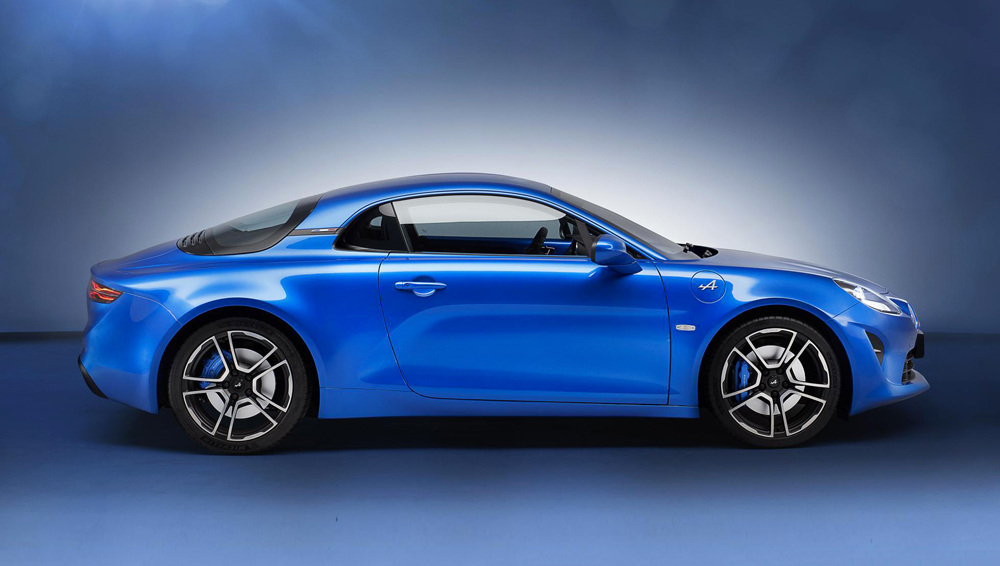
David Twohig, chief engineer on the new Alpine A110, admits working on a new sports car with no lineage – a car that’s become his baby – is the motoring job from heaven.
“I have to give you the stereotype answer: yes, this is the dream, for any engineer or anyone who likes cars”, he beams from the passenger seat of an A110 at the Geneva motor show. “This is a once in a lifetime job.”
I immediately ask him to dispel some myths. Are there sneaky bits of Clio RS lurking under the Alpine’s skin?
“No sir! We can dispel that. There has been lots of speculation and imagination, but almost nothing has been carried over from a Renault besides under-the-skin components like wiring. We have a bespoke extruded and bonded aluminium chassis. We have bespoke front and rear axles and suspension. The engine is all-new – not a re-bored Clio engine. It is a new aluminium block 1.8-litre engine with around 250bhp and 320Nm. It does not exist in any other Renault-Nissan alliance vehicle. I’m not saying it will never exist in any other car…but its first application is in the Alpine.”
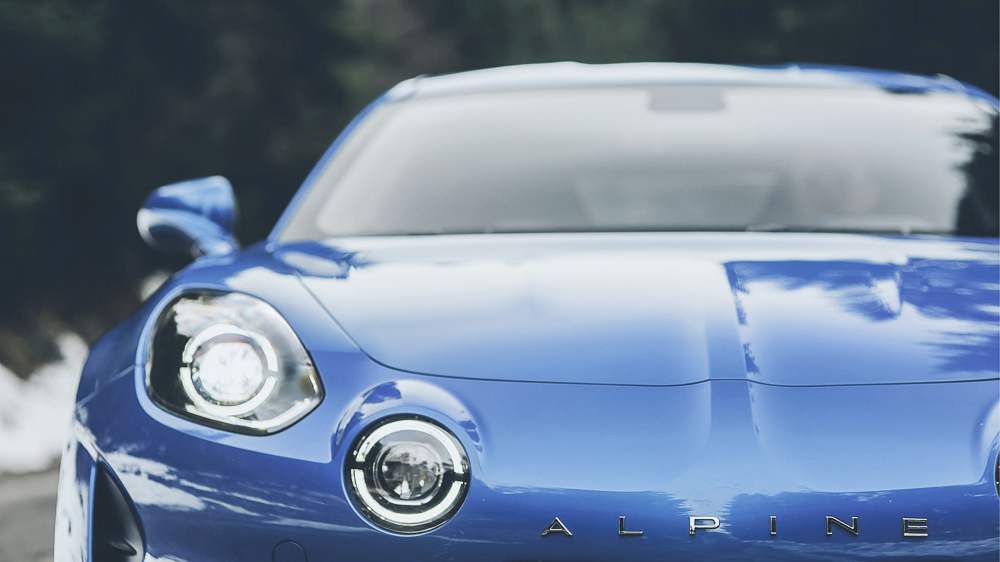
“The gearbox is a new Getrag seven-speeder, not the gearbox from the Clio RS, which has a six-speed dry clutch, but this is a seven-speed wet clutch.”
So far so good, but the Clio RS has been criticised for sounding dull and having slurred gearshifts – is that something the engineers have learned from for the Alpine?
[Read our report of the Alpine A110's official unveil here]
Twohig is adamant the Alpine will feel exciting when you give it the beans. “One of the big advantage of a wet clutch is getting faster changes. In Track mode, we have swift speeds in Porsche and Ferrari territory. I’ll admit it’s a little bit brutal for the passenger – we’ll be getting some head-toss – but hey, it’s Track mode. So in shift speed, I think you’ll be happy.”
“For exhaust noise, we put a lot of work into this. It’s a four-cylinder engine – it’s not a V12. It has direct fuel injection, and it’s turbocharged. Modern engines like this just don’t make a beautiful sound like an old engine on Weber carburettors or whatever. So we’ve done thousands of hours of CFD modelling on the exhaust and added an active exhaust valve, so in Sport and Track mode the sound is active and I believe we have one of the best-sounding four-cylinders out there.”
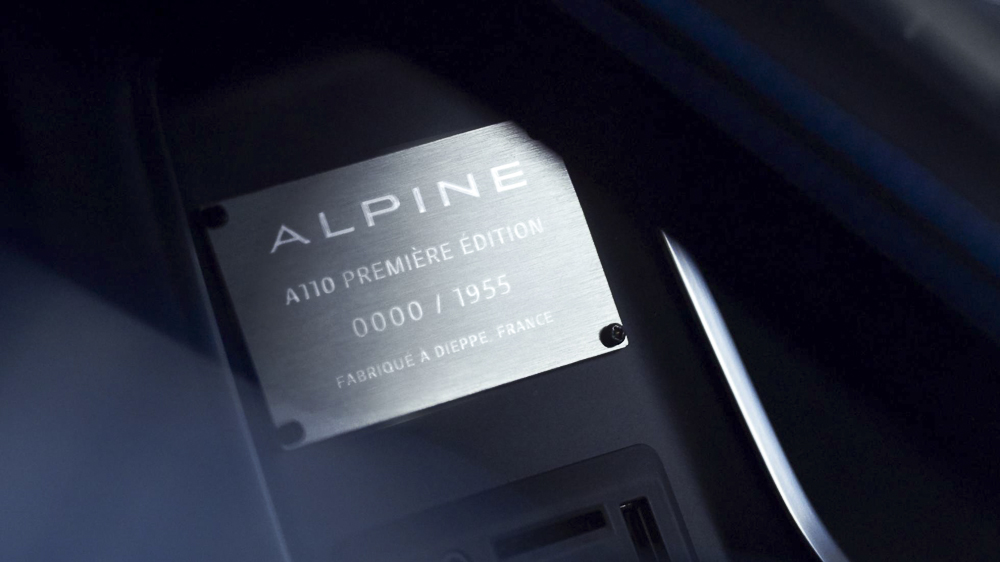
From the drivers’ seat, I click the (Clio-sourced) metal gearshift paddles a few times. This is a retro car; maybe people would have liked a retro transmission. Was a manual gearbox ever considered?
“I would be lying if I said no”, answers David. “It was considered early on in the project but we shelved it pretty quickly because okay, there’s a hardcore client out there who will always want a manual gearbox even though I can prove the dual-clutch is more efficient. But the percentage of those people is very, very small, and the business case is overwhelmingly for DCT transmissions. We’re very happy with the result and we think 95 per cent of our customers will be too.”
Time to talk rivals. Is it fair to say Alpine is aiming for the open goal between the everyday, refined Porsche Cayman and the hardcore Lotus Elise (and downright wayward Alfa 4C)?
“You said it better than I could”, nods David. “I don’t want to name specific names, but there are great, radical track cars out there which are great fun for half an hour on a dry track, but after that you just want to get out. At the other end, there are great cars that we would categorise as a little bit GT, a bit too sensible. So we’re hoping to hit that sweet spot…”
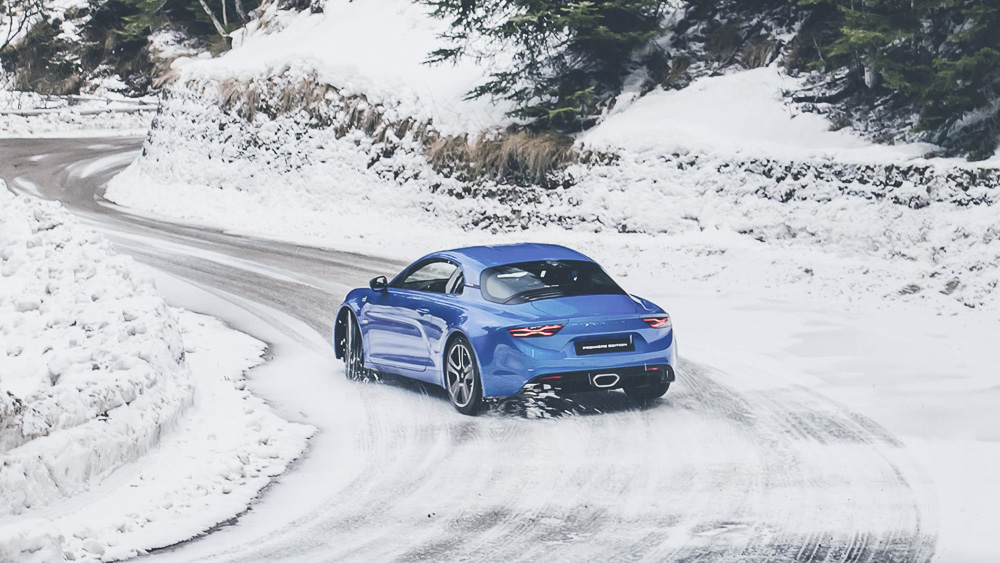
The driving position in the Alpine’s cosy but not cramped two-seat cockpit has loads of reach adjustment on the suede-topped steering wheel and enough legroom for a 6’ 1” driver, but the supportive leather bucket feels a tad too high. “Don’t worry”, reassures the car’s enthusiastic father. “This seat is set in the highest position, but we have three height settings to bolt the seat into, that the dealer will set for each owner at the dealership. And having no seat height mechanism saves weight… Alpine’s boss Michael van der Sande is two metres in height and he fits fine.”
[Read our report of the Alpine A110's official unveil here]
“We wanted this interior to be a nice place to be, and not just for half an hour. We’re very proud of the low, narrow sill. You can get out of this car wearing a skirt! It’s not a pain in the ass every day. Visibility is good because the pillars are really elegant and slim for a modern car. The materials are authentic – what you think is leather is real leather, what you think is aluminium is real aluminium, and the carbon trim is real carbon.”
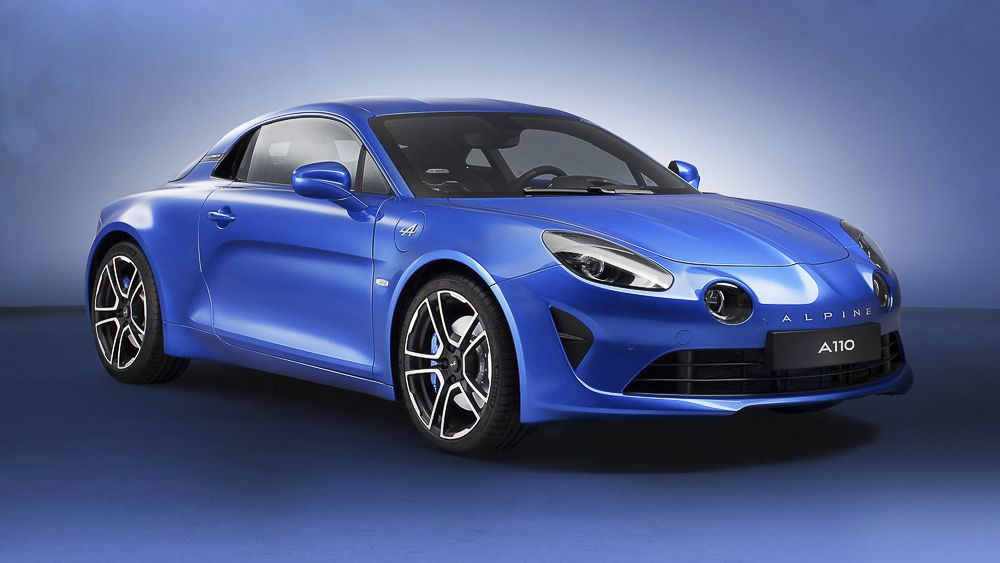
Just how difficult has it been to design and package a sports car for a company that hasn’t built one for decades? “The biggest battle for the past five years has been weight management”, admits Twohig. “It’s so easy to say ‘let add 300 grams here or there’, but then you get into a vicious spiral, where you need bigger brakes, stiffer springs, and then the car gets heavier and all of a sudden a 1.8-litre engine is not enough. This has been a massive challenge.” As is, the car weighs 1,080kg ready to go, and offers 231bhp/tonne.
Of course, Alpine could have gone for ultra-committed weight-saving and opted for an Alfa 4C-spec carbon tub, but didn’t. Why not? “Early on, it was on our blank sheet of paper, along with steel construction, or an aluminium-composite hybrid. Our solution, we think, is unbeatable for weight, stiffness, and build quality. If you use carbon, panel gaps are not so great, finish is not perfect, and you have to have [good fit and finish] in 2017. You can’t be building a car that’s a bit shoddy these days…”
